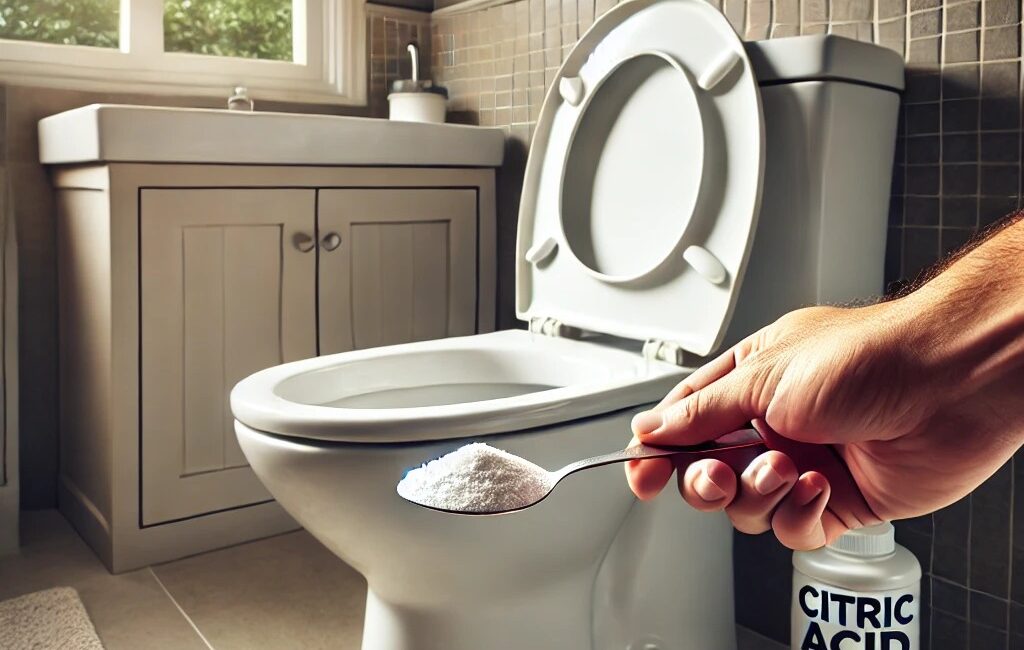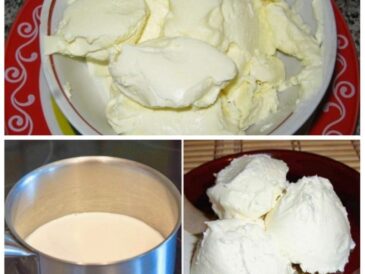When it comes to household cleaning, many people reach for white vinegar as a go-to solution for tackling limescale. However, there’s a natural product that may be even more effective: citric acid. This powerful substance, derived from citrus fruits, offers an impressive array of benefits for limescale removal and overall cleaning.
Understanding Limescale
Limescale is a hard, chalky deposit that forms when water evaporates and leaves behind calcium carbonate. It commonly builds up in areas where hard water is prevalent, such as faucets, showerheads, and appliances like kettles and dishwashers. Not only does limescale look unappealing, but it can also affect the performance and lifespan of appliances.
Why Choose Citric Acid?
1. Superior Cleaning Power:
Citric acid has a higher acidity level than vinegar, allowing it to break down limescale more effectively. Its chemical properties target calcium deposits, making it a robust option for cleaning.
2. Pleasant Aroma:
Unlike the strong smell of white vinegar, citric acid offers a fresh, citrus scent, creating a more pleasant cleaning experience. This makes it ideal for kitchens and bathrooms, where odors can linger.
3. Environmentally Friendly:
Citric acid is non-toxic and biodegradable, making it safe for both your family and the environment. It’s an excellent choice for households with children and pets.
4. Versatile Uses:
Beyond limescale removal, citric acid has various applications. It can be used to brighten laundry, enhance the effectiveness of dishwasher detergents, and even act as a natural preservative in food.
How to Use Citric Acid for Limescale Removal
Step 1: Prepare the Solution
Mix 2-3 tablespoons of citric acid powder with a cup of warm water. For tougher limescale, you can increase the concentration.
Step 2: Apply the Solution
Pour the mixture into a spray bottle or directly onto the affected areas, such as faucets, showerheads, or the interior of your kettle.
Step 3: Let it Sit
Allow the solution to sit for 10-15 minutes. This gives the citric acid time to penetrate and dissolve the limescale.
Step 4: Scrub and Rinse
After the solution has had time to work, scrub the area with a soft brush or cloth, then rinse thoroughly with water.
Comparing Citric Acid and White Vinegar
While white vinegar is effective for many cleaning tasks, citric acid has several advantages:
- Effectiveness: Citric acid dissolves limescale faster and with less scrubbing.
- Odor: Citric acid leaves a fresh scent compared to the sharp smell of vinegar.
- Residue: Citric acid doesn’t leave behind a sticky residue like vinegar can, making it easier to clean surfaces afterward.
Additional Tips for Limescale Prevention
- Regular Cleaning: Regularly using citric acid can prevent limescale buildup, keeping your appliances and fixtures in top shape.
- Water Softener: Installing a water softener can reduce the hardness of your water, minimizing limescale formation.
- Wipe Down Surfaces: After using faucets or showerheads, wipe them down to remove excess water, which can help prevent limescale from forming.
Conclusion
While white vinegar has long been celebrated as a cleaning staple, citric acid emerges as the ultimate alternative for eliminating limescale throughout your home. Its superior effectiveness, pleasant aroma, and environmental friendliness make it a standout choice for eco-conscious consumers. By delving into the benefits of citric acid, you can achieve a cleaner, fresher living space free from the unsightly effects of limescale. Embrace this natural powerhouse and transform your cleaning routine today!




